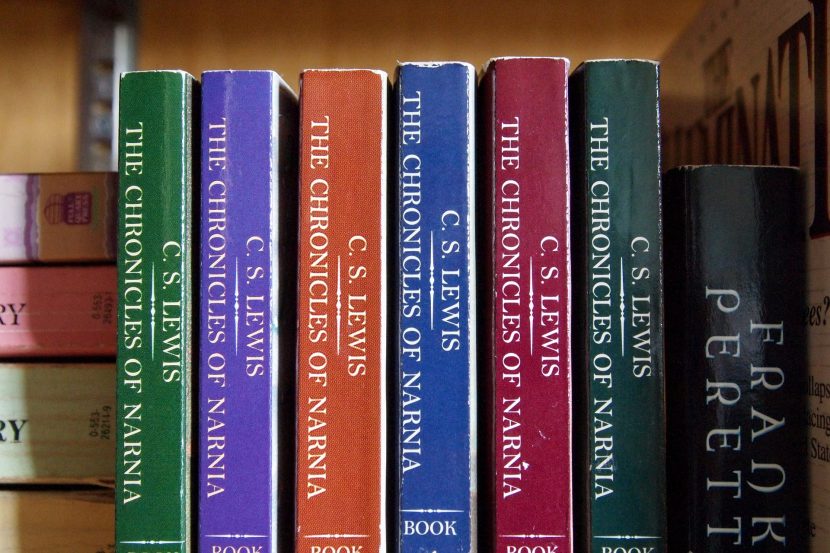In this post, Dr. Scott Key provides an example of the type of discussion that may take place in Philosophy 101. During this class, as well as throughout the philosophy program, CBU students are taught to understand the foundations of other worldviews and are encouraged to consider them from a biblical perspective so they are equipped to give a defense for that hope that they have in Christ (I Peter 3:15).
Jill Pole, Eustace Scrubb, Puddleglum (a Marshwiggle), and Prince Rilian of Narnia were standing amidst the broken pieces of a silver chair that Rilian had destroyed with his sword. At that very moment the Queen of Underland walked in the door. This scene is the setting for the climax of The Silver Chair the fourth book in The Chronicles of Narnia, written by C. S. Lewis. Embedded within this marvelous story lies a serious philosophical argument that is replicated in philosophical texts, novels, movies, and ordinary conversation. Do we construct our world in our own minds with our own purpose and meaning for our own goals, or do we discover a real world with a real shape on a pilgrimage in which we find purpose and meaning in relationships that stretch, deepen, and expand our understanding of ourselves? Are the most important aspects of our lives projections of ourselves with all our hopes and dreams on a meaningless world, or is the world we encounter outside of ourselves filled with real meaning that calls us to discover our true purpose?
The Queen of Underland acts. She throws some incense into the fire and she begins to strum a stringed instrument that produces a very monotonous thrumming sound. Little by little, the others in the room succumb to the evil enchantment produced by the incense, the music, and, ultimately, by the Queen. She suggests strongly that the concepts of the Overworld (the Sun in the sky, and Aslan) are merely aspects of a dream-world within the self-consciousness of Jill, Eustace, Puddleglum, and the Prince—projected from the real, concrete experience of Underland, a lamp hanging from the ceiling of the room in which they are standing, and their experience of cats. Soon they ae repeating with the Queen, “It is all a dream.”
Then, Puddleglum does a very “brave thing.” He walked over to the fire and stomped it out with his bare, duck-like, feet. The pain this caused him actually cleared his mind of the enchantment and he strongly asserts that the “dream-world” or “play-world” that he and the others supposedly made up is far more real than the Queen’s world and that he is going to stand with Aslan and live like a “Narnian” even if there is no Narnia. The Queen turns into a “great serpent” seeking to crush them in her coils. A battle ensues and the Serpent or Queen is killed. Underland is released or liberated from its evil enchantment.
The arguments used by the Queen are a replication of arguments made by Ludwig Feuerbach, Karl Marx, and Sigmund Freud who assert that all religion is but a projection of our wishes upon a cold and meaningless cosmos. The only thing that is real is the struggle for survival, for economic well-being, and for autonomous life day by day. This is the drum beat of modernity, which, in a variety of ways, incessantly repeats that faith is mere feeling driven by the desire to survive and experience more pleasure than pain within a world devoid of meaning or purpose. This is the enchantment of our age. And this the source of our true pain and disillusionment.
In The Silver Chair, pain served its purpose by clearing Puddlegum’s mind. In a similar way, perhaps, the cultural pain of our time can be used by a gracious God to clear our minds, to transform our thinking, and to help us more clearly discern the perfect will of God. As C.S. Lewis also explained, pain is a megaphone that God uses to rouse a deaf and dying world. Like Puddleglum may we recognize that there is purpose in the pain that we go through and that, as we stand with God and for His Kingdom, God can use our pain to accomplish great things.
